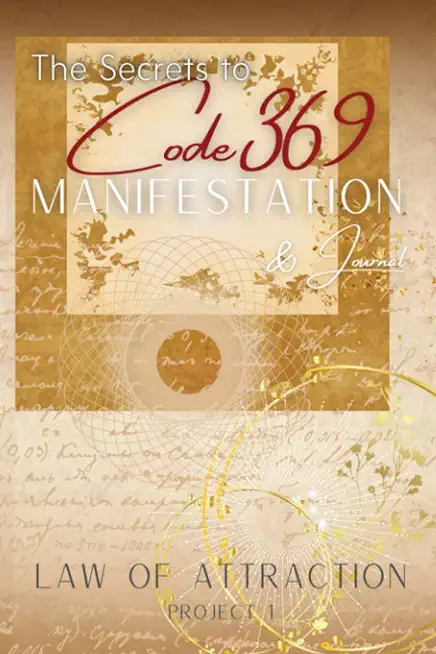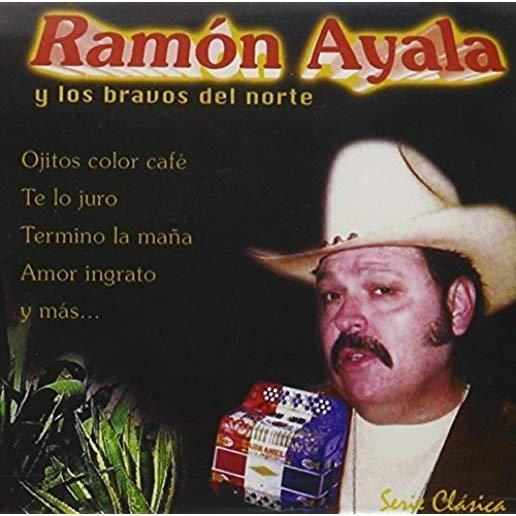
Lee, Yoo Kyung
Prologue: Is the color of the Arctic white? (p. 1-2)
The Arctic is not just white; it is multi-colored. (Fig. 1. The green Arctic)
I. Arctic Tundra: Where There are No Trees (p. 3-12)
Where and what is the Arctic? Surprisingly, there is still no official definition of the Arctic. Arctic has been defined in terms of both geophysics and ecology. From the perspective of geophysics, the Arctic is northern area over the Arctic Circle, the baseline of the midnight. From an ecological point of view, the Arctic is northern area of the tree line where trees cannot grow, that is, tundra. Thus, the Arctic includes the tundra and the Arctic Ocean. (Fig. 2. Arctic Circle; Fig. 3. The northern limit of tree growth; Fig. 4. The Arctic; Fig. 5. Average annual temperature of the Earth; Fig. 6. Treeless tundra in Svalbard; Fig. 7. Walking over dwarf shrubs in a tundra field)
II. Arctic Is Not One (p. 13-30)
Arctic is a huge area, and the Arctic environment is not uniform. For better understand of Arctic vegetation, I will describe plant life forms, bioclimatic zonation, and Arctic vegetation map. (Fig. 8. The High Arctic and the Low Arctic; Figs 9 13. Arctic plants with different life forms; Fig. 14. Bioclimatic subzones in the Arctic; Figs 15 17. Arctic plants of different subzones; Fig. 18. Arctic vegetation map; Fig. 19. Vegetated tundra and barren tundra)
III. Arctic Plants in Different Tundras (p. 31-43)
In the previous chapter, several terms explaining Arctic vegetation are introduced. There are different types of tundras: polar desert, dry tundra, mesic tundra, moist tundra, wet tundra, and shrub tundra. Characteristics of the different tundra regions will be addressed in this chapter. (Figs 20 22. Polar desert; Figs 23 26. Dry tundra plants; Fig. 27. Tussock; Fig. 28. Cottongrass; Fig. 29. Lichen; Fig. 30. Treeline)
VI. Arctic Plants in Svalbard - who are they and what do they do?
4.1. Svalbard, cold shore (p. 44-50)
Svalbard is very special in the Arctic. Svalbard is located at a high latitude, but the weather is very mild compared to other Arctic regions. The nature of Svalbard will be introduced with its geographic and ecological characteristics. (Fig. 31. Map of Svalbard; Figs 32 35. Scenery of Svalbard)
4.2. Moss, Lichen and Black Crust (p. 51-62)
There are green or greenish organisms using sunlight without flowers. Moss dominates in the wet area and offers a basic environment to the living, and lichen and black crust sustain the dry area. (Figs 36-38)
4.3. Pioneering plant: Purple saxifrage (p. 63-65)
(Figs 39)
4.4. Shrubs in the climax: Polar willow, white Arctic bell-heather, Mountain avens (p. 65-75)
(Figs 40 42)
4.5. Pan-Arctic plants: Alpine bistort, Polar campion, Sulphur buttercup, Alpine whitlow grass, Alpine saxifrage, nodding saxifrage, Alpine draba (p. 76-105)
(Figs 43 48)
4.6. Eatable plants: Mountain sorrel (p. 106-110)
(Fig. 49)
4.7. Together is better: Moss campion, tufted saxifrage (p. 111-120)
(Figs 50 61)
4.8. Flower of Svalbard: Svalbard poppy (p. 121-125)
(Fig. 62)
4.9. Plant resemble animal: Arctic mouse-ear (p. 126-130)
(Fig. 63)
4.10. Plant with rosette: Polar scurvy-grass (p. 131-135)
(Fig. 64)
4.11. Plant likes water: Yellow marsh saxifrage (p. 136-140)
(Fig. 65)
4.12. Plant coated by hair: Hairy lousewort (p. 141-145)
(Fig. 66)
4.13. Green grass of the Arctic: Carex and Poa (p. 14







